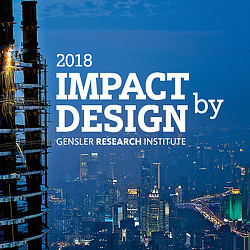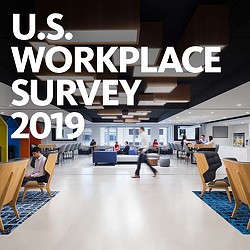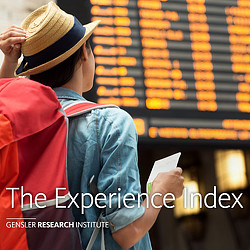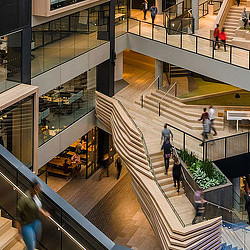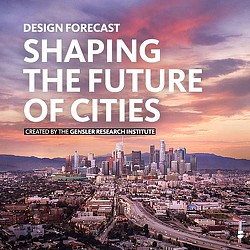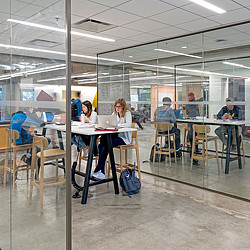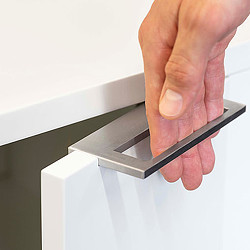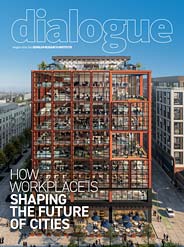Architect Chris Downey, a universal design advocate who lost his sight 10 years ago, wants accessible design that goes beyond just a checklist — with a focus on the impact it can have on people’s lives. We sat down with Chris, who is working with Gensler on a campus inclusivity project for a confidential technology firm, to find out why it’s imperative to design spaces for people of all abilities.
How has losing your sight shaped your approach to design?
Before I lost my sight, I had 20 years of professional architectural experience and a robust, active practice. I now realize that there are so many different ways of experiencing architecture. So much of the work I do is about designing for all the other sensory capacities that a person would have — designing for the whole human experience.
What might people with disabilities expect of the future work environment?
Today, people with disabilities of all types are integrated with the general workforce in ways that just weren’t possible before. Inclusive design is becoming much more common, in that the workforce is more representative of the public they’re trying to serve. Companies need to employ people with disabilities because nobody is a better expert on inclusive design than they are.
In your current campus inclusivity project, what were some challenges and solutions to help people find their way?
In a large, spread out campus, you might be able to get around your own building, but if you need to cross the campus, it could be more challenging. How do you give wayfinding signage to someone who’s blind?

It’s important to note that this solution is specific to this campus project and is not necessarily transferable to other sites. In general, there is no standard to suggest that when detecting a particular ground indicator that a signpost or map kiosk would be found at either side — that’s a standard specific to this project, and it’s viable due to its scale and the ability to educate the people who are using the campus.
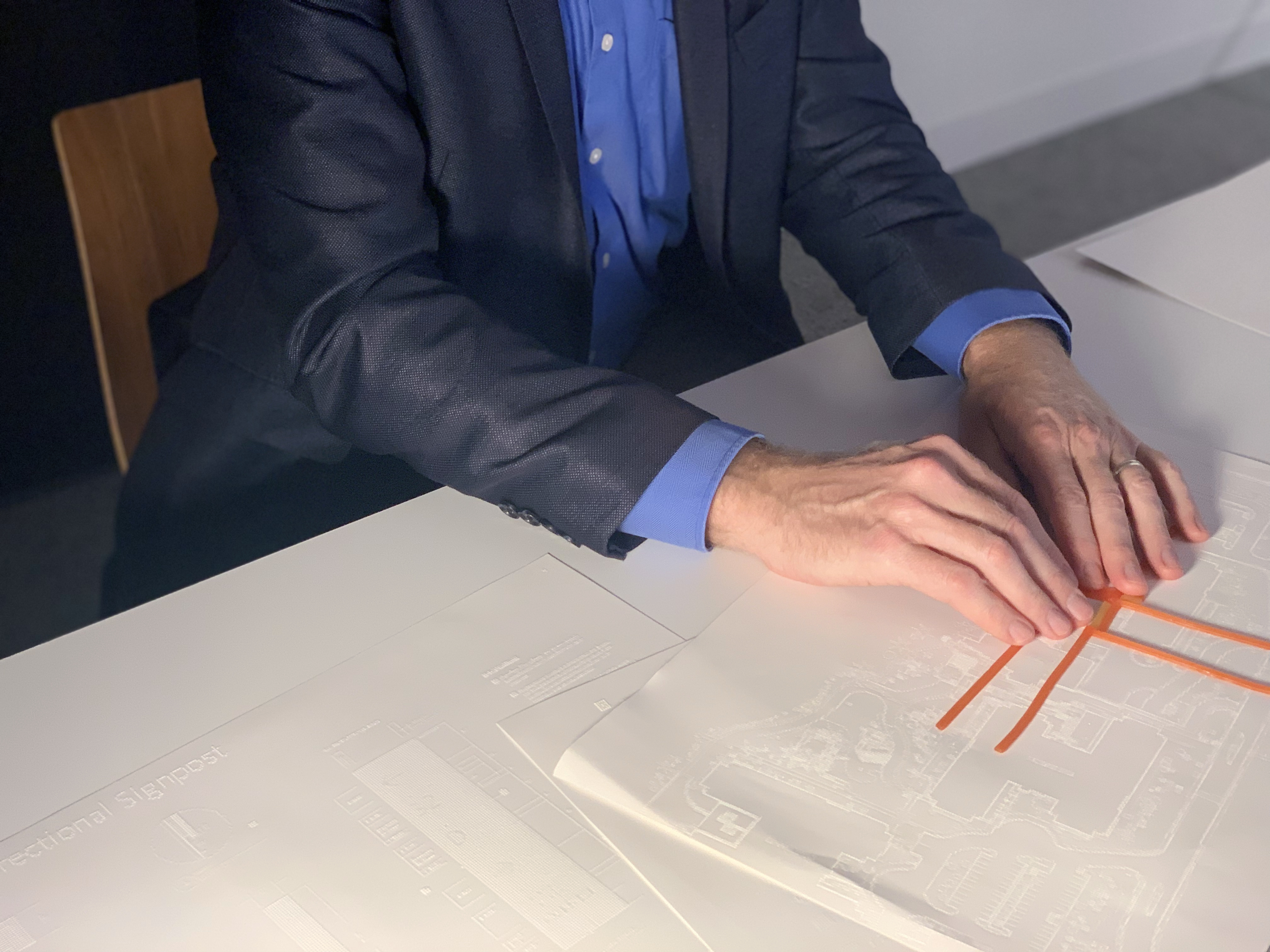
Why was it important to design the campus for a full spectrum of abilities?
To anticipate people with multiple disabilities, you might have someone who’s blind and in a wheelchair, or low vision in a wheelchair, or someone who’s deaf and blind. Trying to find a signage system that addresses that full spectrum of human abilities and particular needs is a challenge. We developed a universal solution that would work for everyone and not bias or favor one at the expense of others — something that’s suitable for all types of experiences and people.
What’s your ideal vision of the future workplace?
Inclusive workspaces will become more mainstream and expected. With ever-increasing lifespans and medical advances, people experiencing injuries or medical situations are not just surviving, but returning to meaningful life and returning to the workforce. Our future workforce is going to be more diverse than it is today, in terms of ethnicity and gender, but also abilities. I hope that sense of inclusion can embrace and empower a much more diverse workforce.
